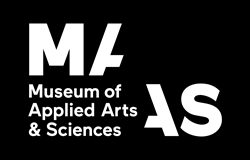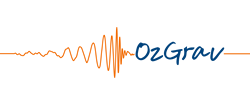When: Tuesday 13th November, 9:15am – 11:15am
Where: Theatrette, Level 2 behind the registration/foyer area
Hashtag: #T3
You have a message and you know who you want to reach, but you have little to no budget or resources. Partnerships are often the best way to maximise your science communication efforts, but how do I make it happen?
From the world’s largest museum to the smallest of conservation non-profits, organizations big and small face this very same problem. Micaela Jemison will present three case studies from her time at the Smithsonian Institution and Bat Conservation International (USA) to shed light on the process of finding the right partners and the potential benefits and pitfalls of these collaborations.
The case studies span a range of corporate, government/non-profit and media partners, as well as individual collaborators you may not expect. The result is an annual North American bat conservation campaign reaching more than 24 million people, integration of conservation science messages into one of the world’s most popular online games for kids, and a virtual reality experience bringing a “Batnado” to the rest of the world.
Session
Case studies: Cultural Institutions and Festivals
Presenter
Micaela Jemison, Science Communicator, Smithsonian Institution
